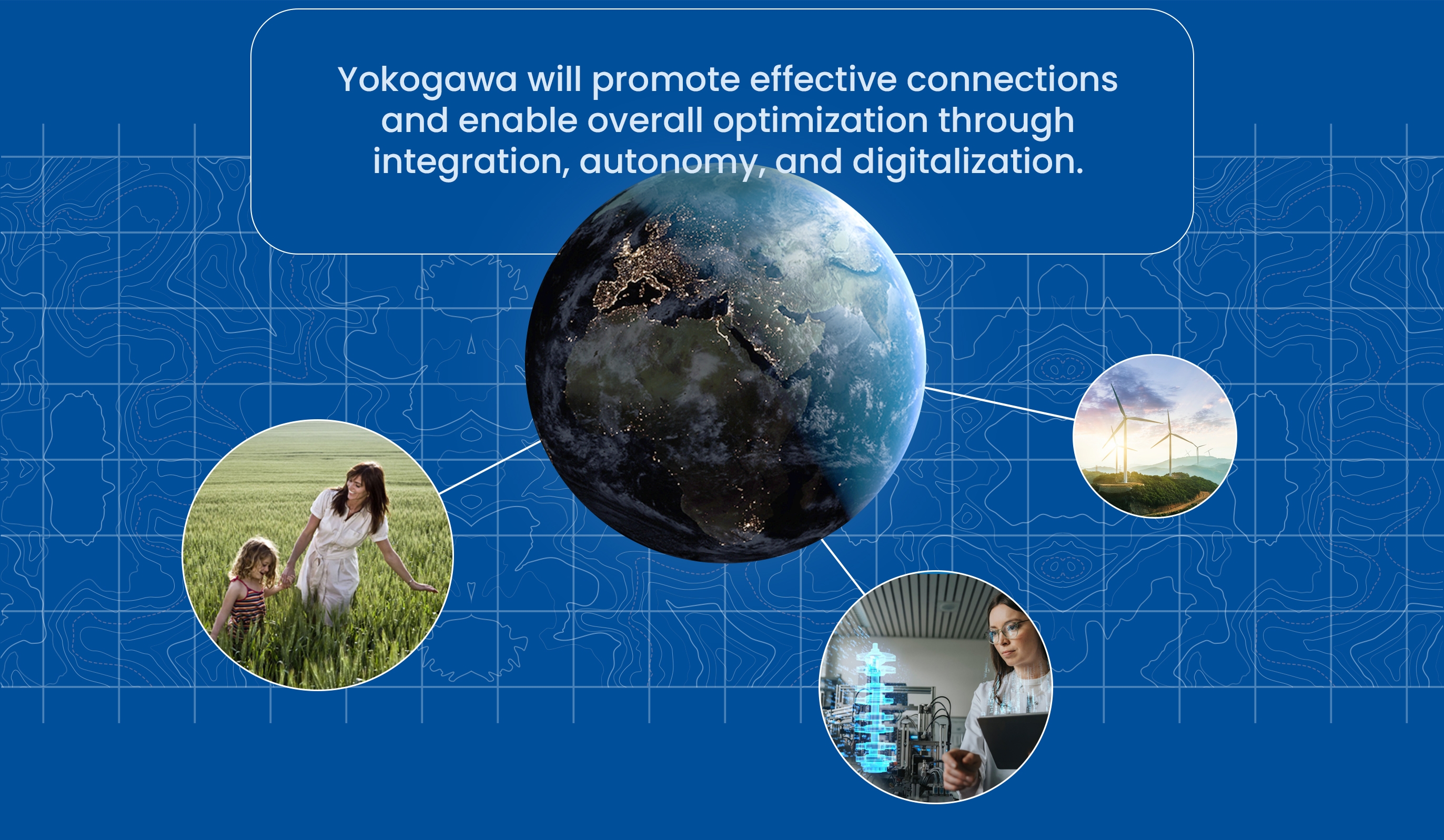Comprehensive Carbon Accounting for a Smarter Planet
The Paris Summer Games was described as one of the greenest ever.
Events were hosted in repurposed buildings, fitted with recycled material, and powered by solar and geothermal energy. Athletes slept on beds made of recycled fishing nets and reinforced cardboard. And more plant-based foods were served in place of meat.
Yet a less widely reported measure, and one that is increasingly seen as vital in the global race of decarbonization, was the organizer’s commitment to more transparent, stringent, and comprehensive calculations of GHG emissions. All carbon emissions (Scope 1, 2, and 3) both direct and indirect from the games, including spectator travel to the sporting sites, were accounted for.[1]
Knowing how much GHG has been emitted for any particular event or producing any particular service or product is essential: it provides greater transparency to investors and governments as well as actionable data across the supply chain so producers and providers better know where to cut emissions – particularly “hot spots” - more effectively.[2] The capacity to accurately achieve “Carbon Footprint of Product (CFP)” tracking and reporting is also needed to achieve a more circular economy.[3]
In recent years, regulatory regimes and policies – such as the EU’s ETS and CBAM, US federal Buy Clean Initiative and IRA programs – are being passed which are underpinned by such product-embedded emissions accounting.[4] And the rising tide of ESG investing will require greater and more granular carbon accounting.[5]
“Financial sustainability for industries and companies will increasingly depend on their ability to successfully navigate emerging regulatory and market regimes targeted at incentivizing the net zero transition,” writes the authors for a World Economic Forum report on emission accounting. “And success at this challenge depends on companies’ ability to effectively report their product-embedded emissions through accurate, transparent and comparable GHG emissions data.”

But being able to measure, verify and account for emissions “cradle to gate” is complex.
It is particularly challenging to do so for Scope 3 emissions, which represent majority of embedded GHG in a product and are those generated by the activities of multiple suppliers, customers, and actual use of a product. Achieving reliable measurements from all sources and stakeholders across the supply chain is one key challenge. The need to integrate and connect this data to provide output reports which meet diverse and evolving regulatory frameworks and investment disclosure standards is another. And finally, all this requires industry-wide data exchange and collaboration.[6]
One company hoping to contribute to this urgent challenge is Yokogawa, expert in measuring, connecting, and integrating Operational Technology and Information Technology systems.
Earlier this year it released the Carbon Footprint Tracer – a cloud service that can track and calculate CO2 emissions across the supply chain for the process manufacturing industries. The service uses Yokogawa’s technologies to track Scope 1 and 2 emissions and combines that with the SAP® Sustainability Footprint Management service and ERP solutions to track Scope 3 emissions.
The partnership with SAP allows for the visualization and management of CFP based on European standards and the ability to produce emission reports compliant with regulatory frameworks. As a cloud-based solution the service can be continually updated to keep up with evolving environmental regulations and standards.[7]
Yokogawa believes a wide range of industries can benefit from this solution, including oil and gas extraction and refining processes, pipelines and other transportation processes, plants for petrochemicals, chemicals, renewable energy, electric power, pulp and paper, food and pharmaceuticals, steel, non-ferrous metals, water distribution, and water treatment.[8]

The latest solution is only one example of the company’s broader commitment to working with customers to manage their carbon emissions. The ambition is to help them shift to reliable, sustainable, and inexpensive energy and work towards a more circular and sustainable society.[9]
“The world is now in an age where everything is ever more intricately connected. In this system of systems (SoS) world, where independently operated and managed systems connect to form a larger system that delivers synergies and emergent value, Yokogawa will promote effective connections and enable overall optimization through integration, autonomy, and digitalization,”[10] Yokogawa says.

One may wonder how far along the world will be in its race to reduce its carbon footprint four years from now, when the games return. But what is clear is that Yokogawa, with its capabilities to reliably measure and connect and integrate systems as well as a deep track record of collaborating with partners across industries, will continue to lead in that critical effort.
*SAP and other SAP products and services mentioned herein as well as their respective logos are trademarks or registered trademarks of SAP SE in Germany and other countries. Please see https://www.sap.com/copyright for additional trademark information and notices.
© 2024 SAP SE. All rights reserved.
Sources:
[1] Paris 2024 [2] WEF, Yokogawa, Carbon Chain [3] WEF [4] WEF [5] WEF [6] WEF, Trident Utilities, Carbon Chain [7] Yokogawa, Yokogawa [8] Yokogawa,Yokogawa [9] Yokogawa [10] Yokogawa
